🧠How We Learn by Observing
Social Learning Theory, developed by Canadian psychologist Albert Bandura, revolutionized modern psychology by demonstrating that people do not learn solely through direct experience, but by observing and imitating the behavior of others. This theory explains everything from personality formation to the emergence of criminal behavior, and has a profound impact on education, media, and social psychology.
📖 What is Social Learning Theory?
Social Learning Theory (SLT) posits that human beings acquire new behaviors, attitudes, and values through the observation of models. This means that learning does not require direct experience (such as punishment or reward), but can occur vicariously, by observing the consequences others receive for their actions.
According to Bandura, human behavior is the result of a constant interaction between three factors:
- The environment
- The behavior
- Personal or cognitive processes
He called this interaction reciprocal determinism: the environment influences the individual, but the individual also modifies their environment through their actions.
👨🏫 Albert Bandura: The Psychologist Who Changed the Understanding of Learning
Albert Bandura (1925–2021) was one of the most influential psychologists of the 20th century. A professor at Stanford University, Bandura sought to move beyond classical behaviorism, which viewed the human being as a mere recipient of stimuli and responses.
His most famous investigation, the Bobo Doll Experiment (1961), marked a turning point. In it, a group of children observed an adult hitting an inflatable doll called Bobo. Subsequently, when given access to the same doll, the children imitated the aggressive behaviors, even without having been rewarded for it.
This experiment demonstrated that:
- Learning can occur without direct reinforcement.
- Observation and imitation are powerful learning mechanisms.
- Children (and adults) replicate behaviors based on the consequences they see others receive.
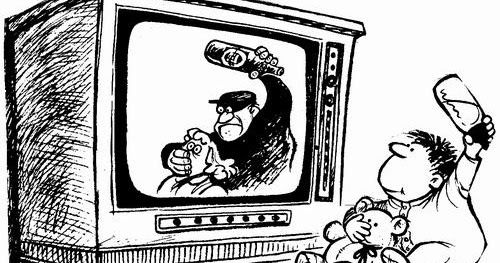
🔍 The Four Processes of Social Learning
Bandura described four essential processes that explain how observational learning occurs:
1. Attention 👁️ The individual must pay attention to the model. Factors such as interest, the attractiveness of the model, the relevance of the behavior, or novelty influence attention. Example: A teenager pays more attention to an influencer than to a traditional teacher.
2. Retention 🧩 The observed behavior must be stored in memory. This process involves coding the information visually or verbally so it can be reproduced later. Example: Remembering the steps of a recipe after watching a cooking video.
3. Motor Reproduction 🤲 The individual must be physically capable of reproducing the learned behavior. This requires practice, skills, and feedback. Example: A child who watches their father fix a bicycle will try to imitate his movements.
4. Motivation ⚡ Finally, the person needs a reason or incentive to imitate the behavior. Bandura distinguishes three types of reinforcement:
- Direct: Receiving a reward or punishment for the action.
- Vicarious: Observing that someone else receives a reward or punishment.
- Self-Reinforcement: Personal satisfaction or guilt derived from the behavior. Example: A person continues a behavior because they observe that others are successful by doing it.
💡 The Role of Models in Human Behavior
A central element in Bandura’s theory is the concept of a model. A model is anyone whose behaviors are observed and imitated by others. They can be:
- Live Models: Parents, teachers, friends, leaders, peers.
- Symbolic Models: Characters on television, video games, influencers, public figures.
- Verbal Models: Guides or instructions that describe behaviors without physically demonstrating them.
The influence of the model depends on factors such as:
- Their status or authority (example: an admired figure).
- Their similarity to the observer (age, gender, context).
- The outcome of their behavior (perceived success or failure).
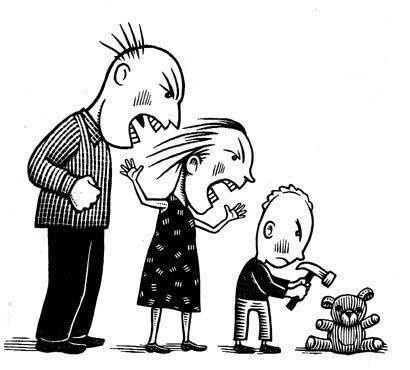
⚖️ Applications of Social Learning Theory
Social Learning Theory has multiple applications across different fields:
🎓 Education
- Fosters cooperative learning and group work.
- Highlights the importance of the teacher’s example.
- Promotes positive role models within the classroom.
💼 Organizational Psychology
- Leaders act as models influencing work culture.
- Training programs rely on observation and guided practice.
📺 Media
- Audiovisual content shapes attitudes, values, and behaviors.
- Repeated exposure to violence or consumerism can normalize dysfunctional behaviors.
🚔 Criminology
- Explains how individuals learn criminal behaviors by observing others.
- Gangs, social networks, or criminal families act as modeling agents.
- It relates to Differential Association Theory (Sutherland), which holds that crime is learned through contact with other criminals.
🧩 Bandura and Self-Efficacy: Believe to Be Able to Act
One of Bandura’s greatest subsequent contributions was the concept of self-efficacy, i.e., an individual’s belief in their capacity to achieve a goal or control a situation.
Self-efficacy influences:
- The decisions we make.
- The effort we apply.
- Our resilience in the face of failure.
People with high self-efficacy tend to persist and learn more; those with low self-efficacy avoid challenges. This concept extended Social Learning Theory toward a more cognitive and humanistic view of behavior.

🧠 Criticisms and Limitations of the Theory
Although influential, Social Learning Theory has received criticism:
- Underestimates Biological Factors: It ignores genetic predispositions or individual temperaments.
- Difficulty in Measurement: It is complex to quantify the exact influence of observation.
- Cultural Context: Learning can vary depending on cultural norms and values.
- Free Will: Some authors argue that the theory reduces human autonomy.
Even so, its explanatory power and practical applicability keep it relevant in contemporary psychology.
🧭 Conclusion: Observation as the Driver of Human Behavior
Social Learning Theory teaches us that we do not learn in isolation, but immersed in a network of influences, examples, and symbols. Every gesture, word, or action we observe can model who we are. From education to criminology, Bandura’s work demonstrates that society is built—and transformed—through the power of example.
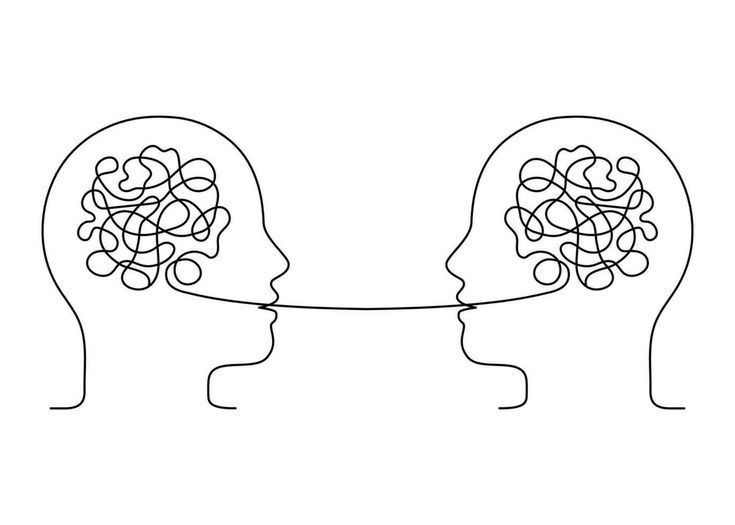


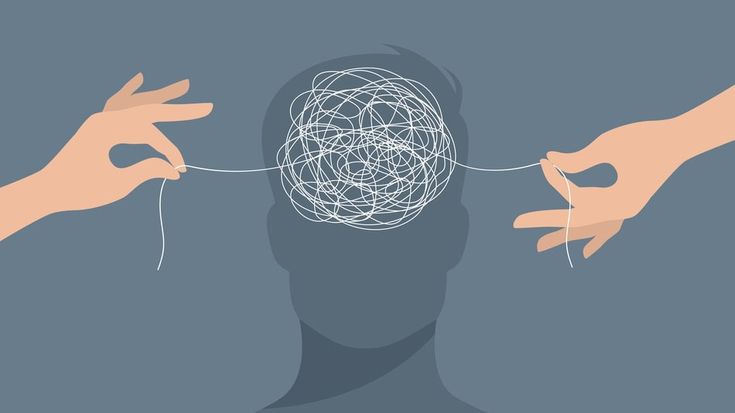

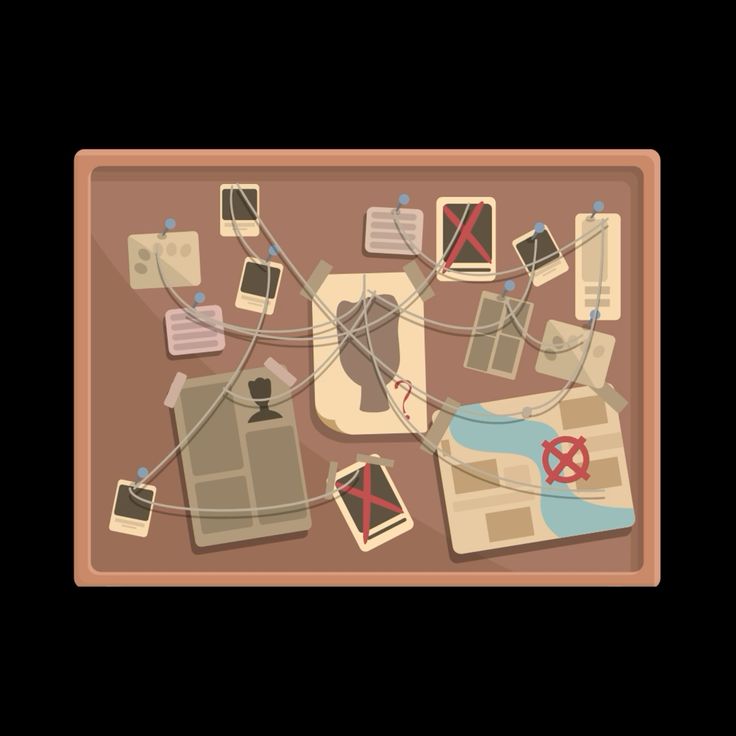
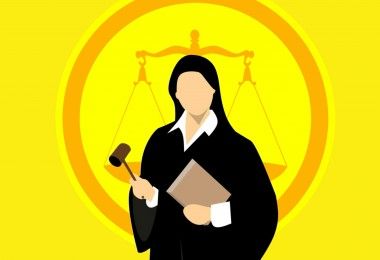

Leave a Reply